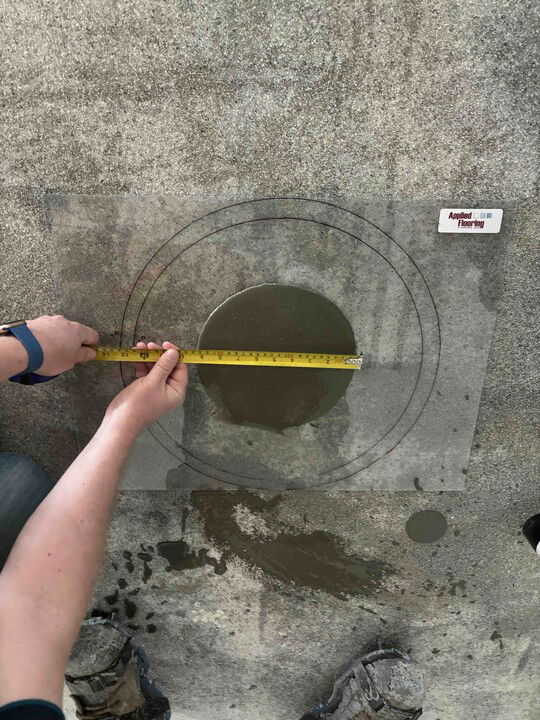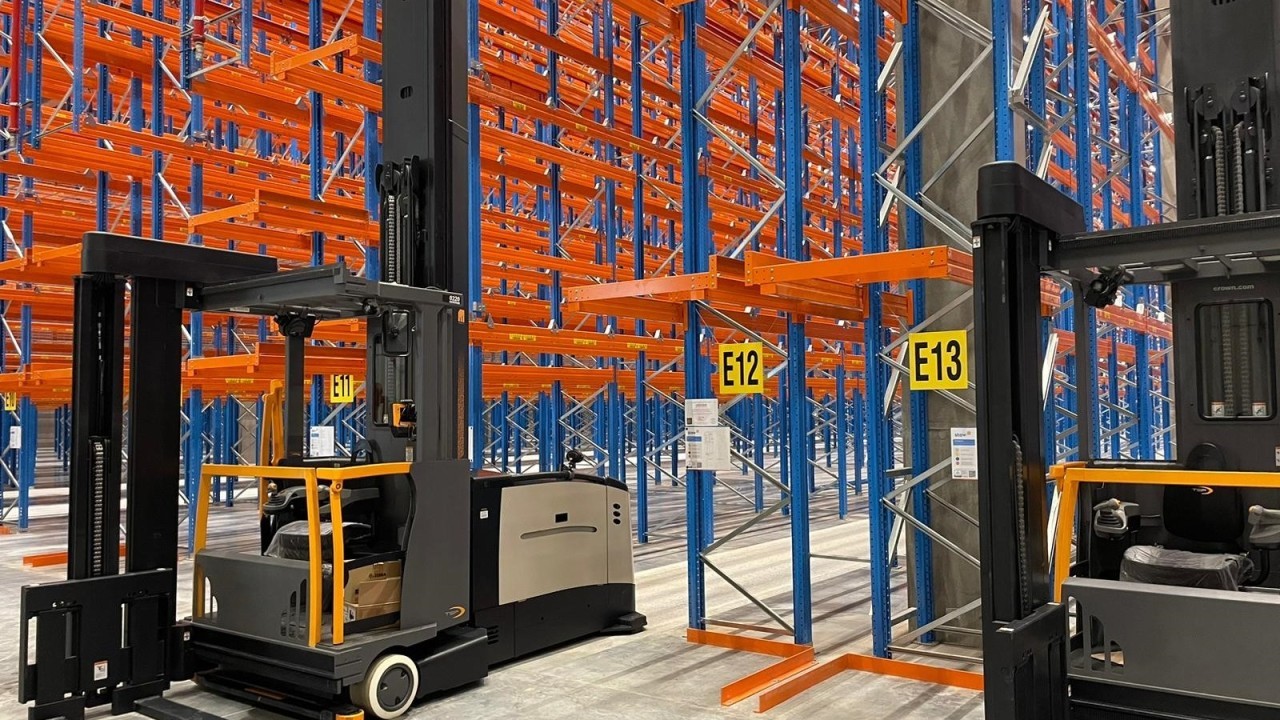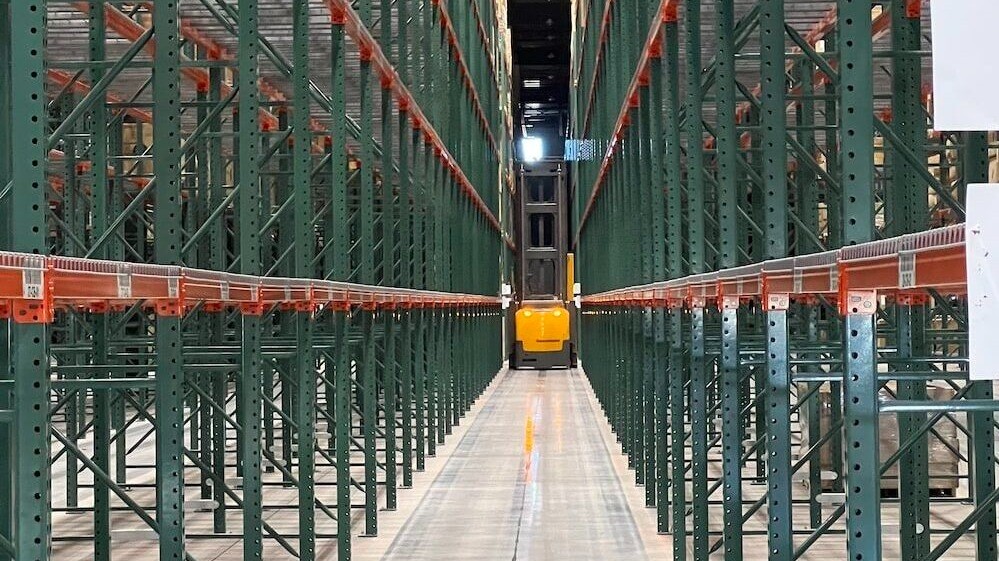In the construction and flooring industry, ensuring the quality and durability of self-leveling underlayment (SLU) is paramount. The success of an SLU project largely depends on meticulous planning and execution, including critical preventive measures. Key among these measures is conducting flow tests to assess the mix’s flowability and collecting material in test cubes for compressive strength testing. These steps help prevent potential issues, ensure a smooth application process, and achieve a long-lasting floor finish.
Flow Tests: Ensuring Optimal Flowability
Flowability is a crucial property of self-leveling underlayment mixtures, as it determines how well the material spreads and levels itself on the substrate. Inadequate flowability can lead to uneven surfaces, requiring costly and time-consuming repairs. To ensure optimal performance, conducting a flow test before the application is essential.
Why Conduct a Flow Test?
1. Uniform Consistency: The flow test helps verify that the SLU mix has a consistent texture, which is critical for achieving a smooth and level surface.
2. Identification of Issues: It can reveal issues such as improper water-to-powder ratio or insufficient mixing time, which can affect the material’s performance.
3. Quality Assurance: By confirming the mix’s flowability, contractors can ensure that the product meets the manufacturer’s specifications and quality standards.
How to Perform a Flow Test
1. Prepare the Mix: Follow the manufacturer’s guidelines to prepare the SLU mix.
2. Use a Flow Ring: Pour the mix into a flow ring placed on a flat, non-absorbent surface.
3. Measure the Spread: Lift the ring and measure the diameter of the spread. The measurement should fall within the range specified by the manufacturer.
Conducting a flow test is a simple yet effective way to prevent issues that can compromise the quality and longevity of the SLU application.

Compressive Strength Testing: Ensuring Durability
Another critical preventive measure is collecting material in test cubes for compressive strength testing. Compressive strength is a measure of how much load the material can withstand before failure. Ensuring that the SLU mix has adequate compressive strength is vital for the durability and performance of the finished floor.
Why Test Compressive Strength?
1. Structural Integrity: High compressive strength ensures that the underlayment can support the expected load without cracking or failing.
2. Compliance: Testing ensures the material meets industry standards and project specifications.
3. Long-Term Performance: Adequate compressive strength contributes to the long-term durability of the flooring system.

How to Perform Compressive Strength Testing
1. Collect Samples: Pour the SLU mix into cube molds immediately after mixing.
2. Cure the Samples: Allow the samples to cure for a specified period, usually 7, 14, and 28 days.
3. Test the Samples: Use a compressive strength testing machine to determine the load each cube can withstand before failing.
By incorporating compressive strength testing into the project workflow, contractors can ensure that the SLU will perform as required under service conditions.
Conclusion
Preventive measures such as flow tests and compressive strength testing are critical for the success of self-leveling underlayment projects. These steps help ensure that the SLU mix is of high quality, performs as expected, and provides a durable foundation for flooring. By investing time and resources into these tests, contractors can avoid costly mistakes, enhance the longevity of the flooring system, and achieve superior results.
Taking these preventive measures seriously not only improves the immediate outcomes but also builds a reputation for quality and reliability in the competitive construction industry.





